Grow Sweet Potatoes
Have you ever dreamed of harvesting your own sweet, delicious sweet potatoes right from your backyard? I know I have! This article is all about sharing my favorite Grow Sweet Potatoes tricks and DIY solutions to help you achieve that dream. It’s more achievable than you might think, and the satisfaction of pulling a homegrown sweet potato from the earth is truly unparalleled.
Sweet potatoes, far from being a recent addition to our diets, boast a rich history. Cultivated for centuries in the Americas, they played a vital role in various indigenous cultures, providing a crucial source of nutrition and sustenance. Their journey across the globe is a testament to their resilience and adaptability, making them a perfect candidate for even the most novice home gardener.
Why Grow Your Own Sweet Potatoes?
Beyond the undeniable deliciousness of homegrown produce, there are several compelling reasons to embark on this rewarding journey. Firstly, you gain complete control over the growing process, ensuring your sweet potatoes are free from pesticides and other potentially harmful chemicals. Secondly, growing sweet potatoes allows you to select specific varieties tailored to your taste preferences and growing conditions. And finally, there’s the sheer joy and satisfaction of nurturing a plant from a small slip to a bountiful harvest – a truly rewarding experience for the whole family.
In this article, I’ll be sharing my tried-and-true Grow Sweet Potatoes techniques, including simple DIY solutions for creating the perfect growing environment, maximizing yield, and dealing with common challenges. Get ready to roll up your sleeves and discover the secrets to a successful sweet potato harvest right in your own garden!
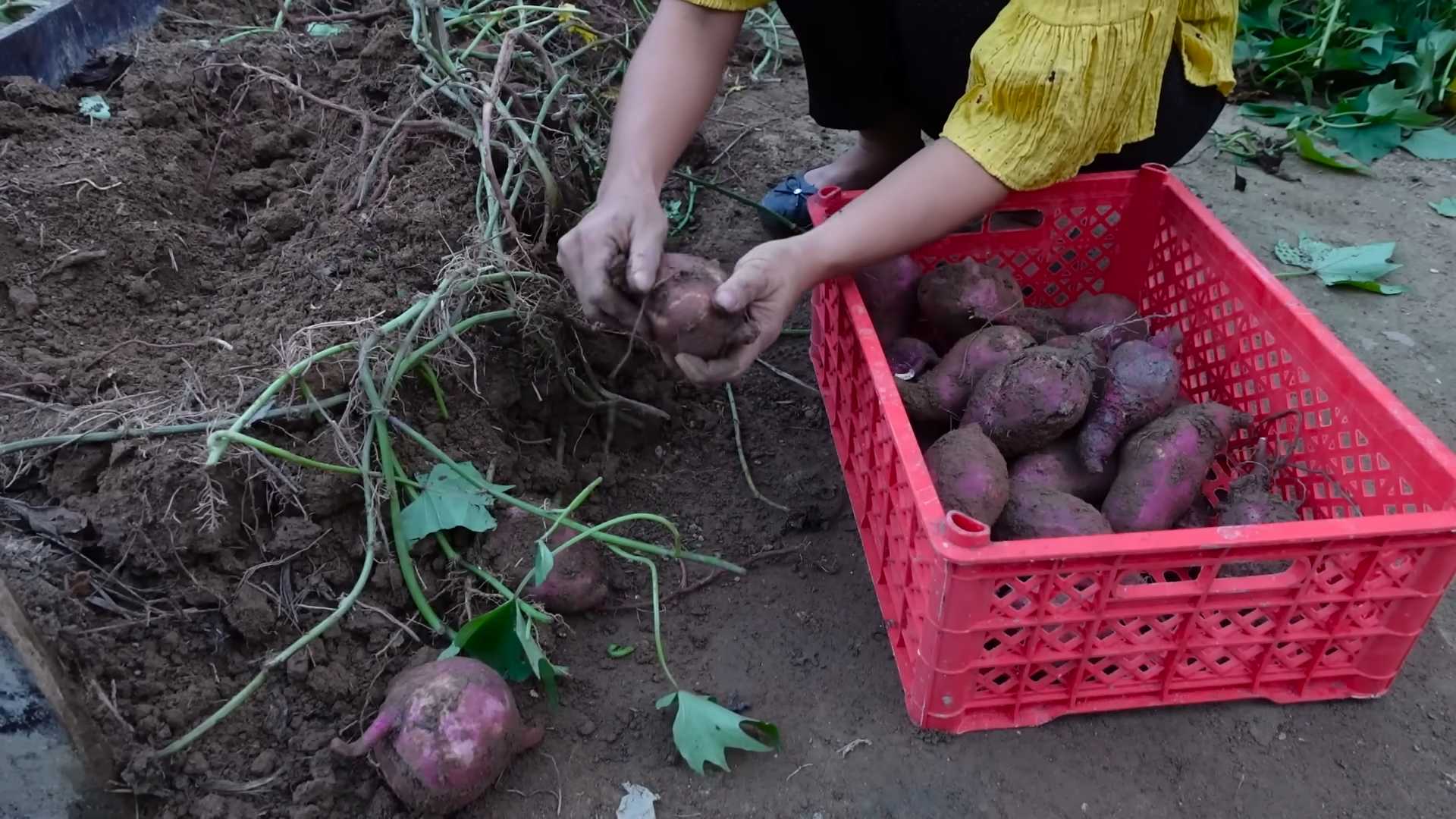
Growing Sweet Potatoes: A Complete DIY Guide
I love sweet potatoes! They’re delicious, versatile, and surprisingly easy to grow yourself, even if you have limited space. This guide will walk you through the entire process, from preparing your “slips” (cuttings) to harvesting your delicious bounty. Let’s get started!
Phase 1: Preparing Your Sweet Potato Slips
- Select the right sweet potatoes: Choose healthy, firm sweet potatoes without bruises or blemishes. Organic sweet potatoes are ideal, but any variety will work. Avoid those that are already sprouting significantly, as these may be too old.
- Prepare the growing medium: You’ll need a container filled with a well-draining potting mix. I prefer a mix that’s rich in organic matter. A standard seed-starting mix works perfectly.
- Prepare the sweet potatoes: Select a few sweet potatoes (one for each slip you want to grow). Wash them thoroughly and let them dry completely. This prevents rot.
- Create your slips: This is where the magic happens! Lay the sweet potato horizontally in a shallow dish or tray. Fill the dish with water, ensuring about half of the sweet potato is submerged. Keep the water level consistent, adding more as needed. Within a few weeks, you’ll see sprouts emerging from the “eyes” of the sweet potato. These sprouts are your slips. Once the sprouts are a few inches long and have developed a few leaves, they are ready to be planted.
Phase 2: Planting Your Sweet Potato Slips
- Choose your planting location: Sweet potatoes thrive in warm, sunny locations with at least six hours of direct sunlight per day. Well-drained soil is crucial to prevent rot. If you’re planting outdoors, amend the soil with compost to improve drainage and fertility.
- Prepare the planting holes: Dig holes about 6 inches deep and 12 inches apart. The spacing allows for adequate growth and air circulation.
- Plant the slips: Gently remove the slips from the water and plant them in the holes, burying the lower part of the stem. Make sure the leaves are above ground. Water gently after planting.
- Water regularly: Keep the soil consistently moist but not waterlogged. Overwatering can lead to root rot. Water deeply and less frequently rather than shallowly and often. The frequency will depend on your climate and soil conditions. Observe the soil moisture; if the top inch or two feels dry, it’s time to water.
- Mulch (optional but recommended): Applying a layer of mulch, such as straw or shredded leaves, helps retain moisture, suppress weeds, and regulate soil temperature. This is particularly helpful during hot, dry periods.
Phase 3: Sweet Potato Care and Maintenance
- Fertilize (optional): While sweet potatoes aren’t heavy feeders, a balanced fertilizer can boost growth and yield. Use a low-nitrogen fertilizer to avoid excessive leaf growth at the expense of tuber development. Follow the instructions on the fertilizer packaging carefully.
- Weed regularly: Weeds compete with your sweet potatoes for water and nutrients. Keep the area around your plants weed-free by hand-weeding or using a mulch layer.
- Monitor for pests and diseases: Sweet potatoes are relatively pest-resistant, but keep an eye out for common problems like sweet potato weevils or fungal diseases. If you notice any issues, consult a gardening resource or your local agricultural extension office for advice on treatment.
- Support the vines (optional): As the vines grow, they may become quite long and sprawling. You can provide support using stakes or trellises to keep them off the ground and improve air circulation. This can also help prevent rot.
- Hilling (optional but beneficial): Hilling involves adding soil around the base of the plants as they grow. This encourages more tuber development. Do this gradually over several weeks, adding a few inches of soil at a time.
Phase 4: Harvesting Your Sweet Potatoes
- Timing is key: Sweet potatoes are typically ready for harvest 3-4 months after planting, depending on the variety and growing conditions. The leaves will start to yellow and die back as a sign of maturity. You can gently tug on a vine; if it comes up easily, it’s a good indication that the potatoes are ready.
- Harvesting: On a dry day, carefully dig around the base of the plants to avoid damaging the tubers. Use a garden fork or trowel to gently loosen the soil and unearth the sweet potatoes. Be careful not to pierce the tubers, as this can lead to spoilage.
- Cleaning and curing: Once harvested, gently brush off excess soil. Allow the sweet potatoes to cure for 7-10 days in a warm, dry, well-ventilated area. This allows the skin to heal and improves their storage life. Spread them out in a single layer on a screen or tray.
- Storage: After curing, store your sweet potatoes in a cool, dark, and dry place. Temperatures between 50-55°F (10-13°C) are ideal. They should keep for several months under these conditions. Avoid storing them in the refrigerator, as this can damage their flavor and texture.
Important Note:
Remember to always practice safe gardening techniques. Wear gloves when handling soil and plants, and wash your hands thoroughly after gardening.
Troubleshooting:
If you encounter problems, such as wilting plants or poor growth, consider factors like watering, sunlight, soil drainage, and pest infestations. Consult a gardening resource for specific solutions.
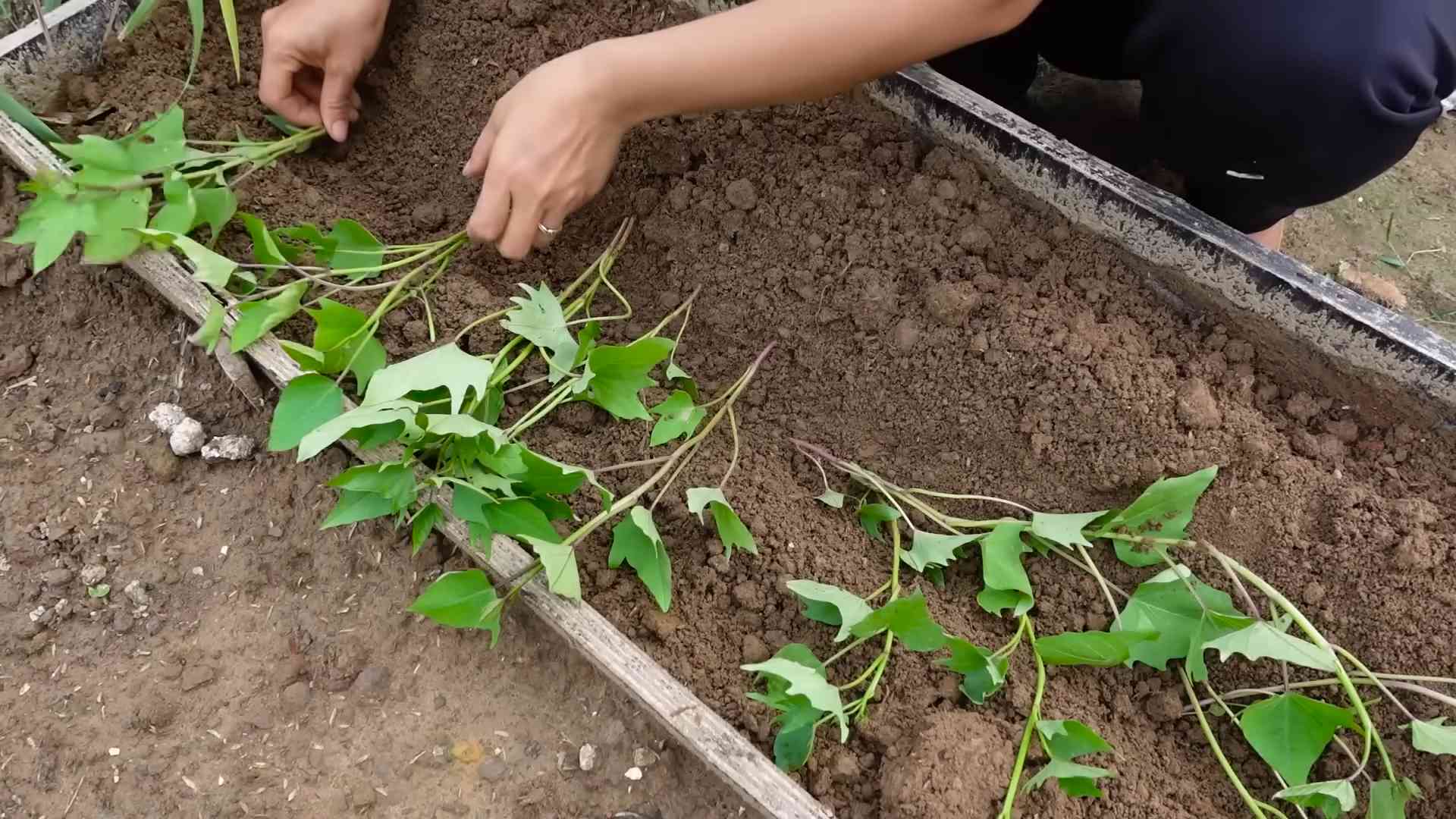
Conclusion
So there you have it – a simple, yet incredibly rewarding journey into the world of homegrown goodness with our guide on how to grow sweet potatoes. This DIY trick isn’t just about saving money; it’s about connecting with nature, experiencing the satisfaction of nurturing a plant from slip to harvest, and ultimately, enjoying the unparalleled flavor of sweet potatoes you’ve grown yourself. The process is surprisingly straightforward, even for beginner gardeners, and the results are undeniably delicious. From the vibrant green vines to the plump, earthy tubers, growing your own sweet potatoes is a truly enriching experience.
Beyond the basic method outlined, there’s a whole world of possibilities to explore. Experiment with different varieties of sweet potatoes – each boasting unique flavor profiles and colors. Consider using different growing mediums, such as raised beds or containers, to suit your space and preferences. If you have limited sunlight, explore the use of grow lights to supplement natural light, ensuring healthy growth even in less-than-ideal conditions. For those with larger spaces, consider planting sweet potatoes in a larger area to maximize your yield. You can even try different companion planting techniques, pairing your sweet potatoes with plants that benefit their growth and deter pests. The possibilities are endless!
We strongly encourage you to embark on this rewarding adventure. Growing your own sweet potatoes is a fantastic way to enhance your culinary skills, deepen your connection with nature, and enjoy the freshest, most flavorful sweet potatoes imaginable. Share your experience with us! Post pictures of your thriving vines and bountiful harvest on social media using #GrowSweetPotatoesDIY. We’d love to see your success and hear about your tips and tricks. Let’s build a community of home gardeners, sharing knowledge and celebrating the joy of growing our own food. Don’t hesitate – start your sweet potato journey today and experience the magic of homegrown goodness!
Frequently Asked Questions
What type of sweet potato slips should I use?
Using slips from healthy, disease-free sweet potatoes is crucial for a successful harvest. You can purchase certified slips from reputable nurseries or even propagate your own from healthy sweet potatoes. Look for slips that are firm, vibrant green, and free from any signs of disease or damage. Avoid slips that are wilted, yellowed, or show signs of rot.
How much sunlight do sweet potatoes need?
Sweet potatoes thrive in full sun, meaning at least six to eight hours of direct sunlight per day. Choose a location in your garden or on your patio that receives ample sunlight throughout the growing season. Insufficient sunlight can lead to poor growth and reduced yields. If you have limited sunlight, consider supplementing with grow lights, especially during the early stages of growth.
What kind of soil is best for growing sweet potatoes?
Sweet potatoes prefer well-drained, sandy loam soil that is rich in organic matter. Heavy clay soils can retain too much moisture, leading to root rot. Before planting, amend your soil with compost or other organic matter to improve drainage and fertility. A soil pH between 6.0 and 6.8 is ideal.
When is the best time to plant sweet potato slips?
The best time to plant sweet potato slips is after the last frost and when the soil has warmed up to at least 60-70°F (15-21°C). This typically falls between late spring and early summer, depending on your geographic location. Planting too early can expose the slips to frost damage, while planting too late can shorten the growing season and reduce yields.
How often should I water my sweet potatoes?
Consistent watering is essential for healthy sweet potato growth, but avoid overwatering, which can lead to root rot. Water deeply and regularly, especially during dry periods. The soil should be consistently moist but not soggy. Mulching around the plants can help retain soil moisture and suppress weeds.
How do I know when my sweet potatoes are ready to harvest?
Sweet potatoes are typically ready for harvest about three to four months after planting, usually in the fall. The vines will start to die back, and the leaves will turn yellow. You can gently dig up a few test potatoes to check for maturity. Mature sweet potatoes will be firm and have a smooth, unblemished skin.
What are some common pests and diseases that affect sweet potatoes?
Sweet potatoes can be susceptible to various pests and diseases, including sweet potato weevils, aphids, and fungal diseases like root rot. Regularly inspect your plants for signs of pests or diseases. Use appropriate pest control methods and ensure good air circulation to prevent fungal diseases. Rotating your crops can also help prevent the buildup of pests and diseases in the soil.
Can I grow sweet potatoes in containers?
Yes, you can definitely grow sweet potatoes in containers! Choose large containers with ample drainage holes to prevent root rot. Use a well-draining potting mix and ensure the containers receive at least six to eight hours of sunlight per day. Container-grown sweet potatoes may produce a smaller yield compared to those grown in the ground, but they are still a rewarding option for those with limited space.
What can I do with my harvested sweet potatoes?
The possibilities are endless! Enjoy your homegrown sweet potatoes in a variety of dishes – from roasted sweet potato fries and creamy sweet potato soup to sweet potato pie and mashed sweet potatoes. You can also store your harvested sweet potatoes in a cool, dark, and dry place for several months.

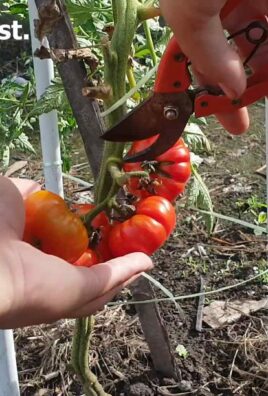
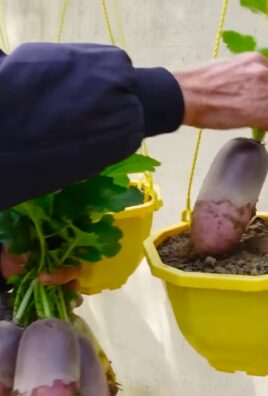
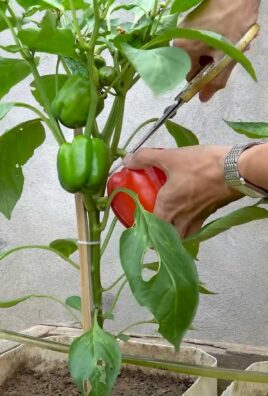
Leave a Comment